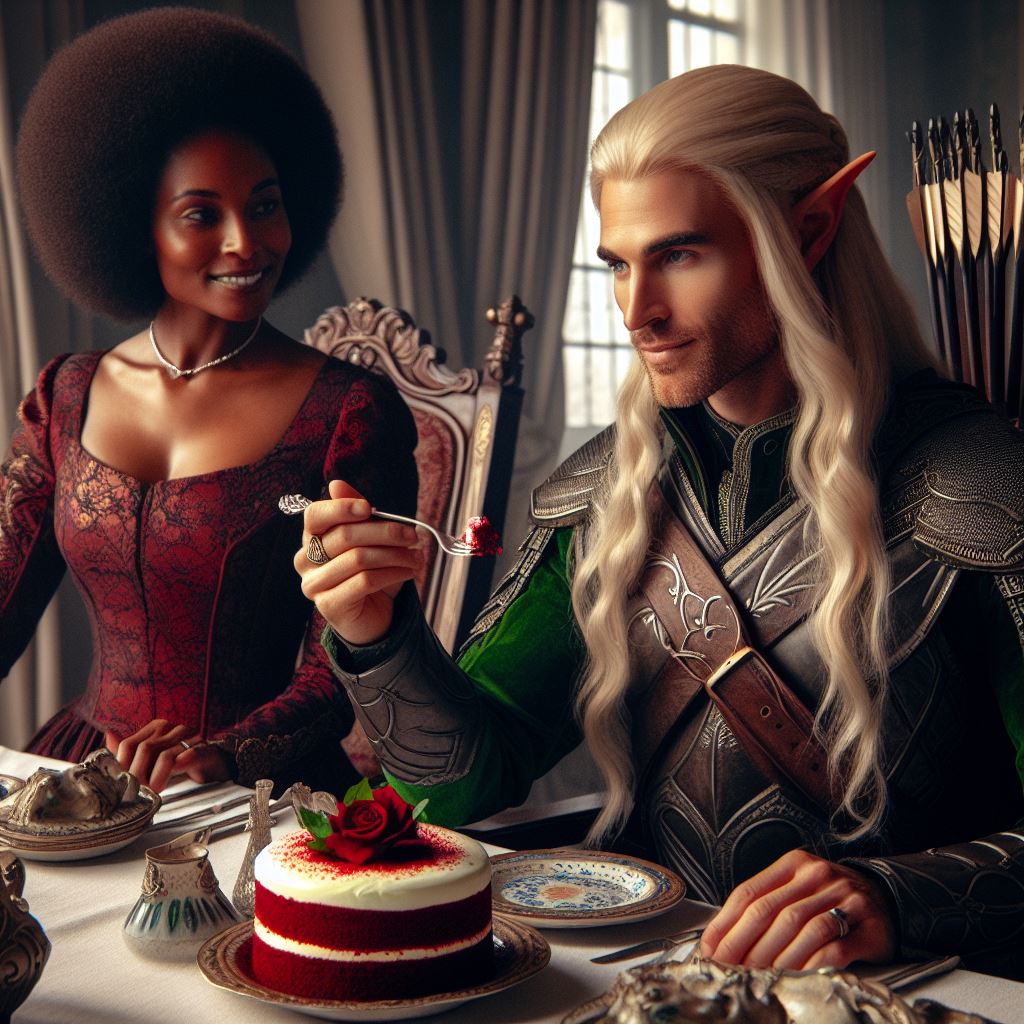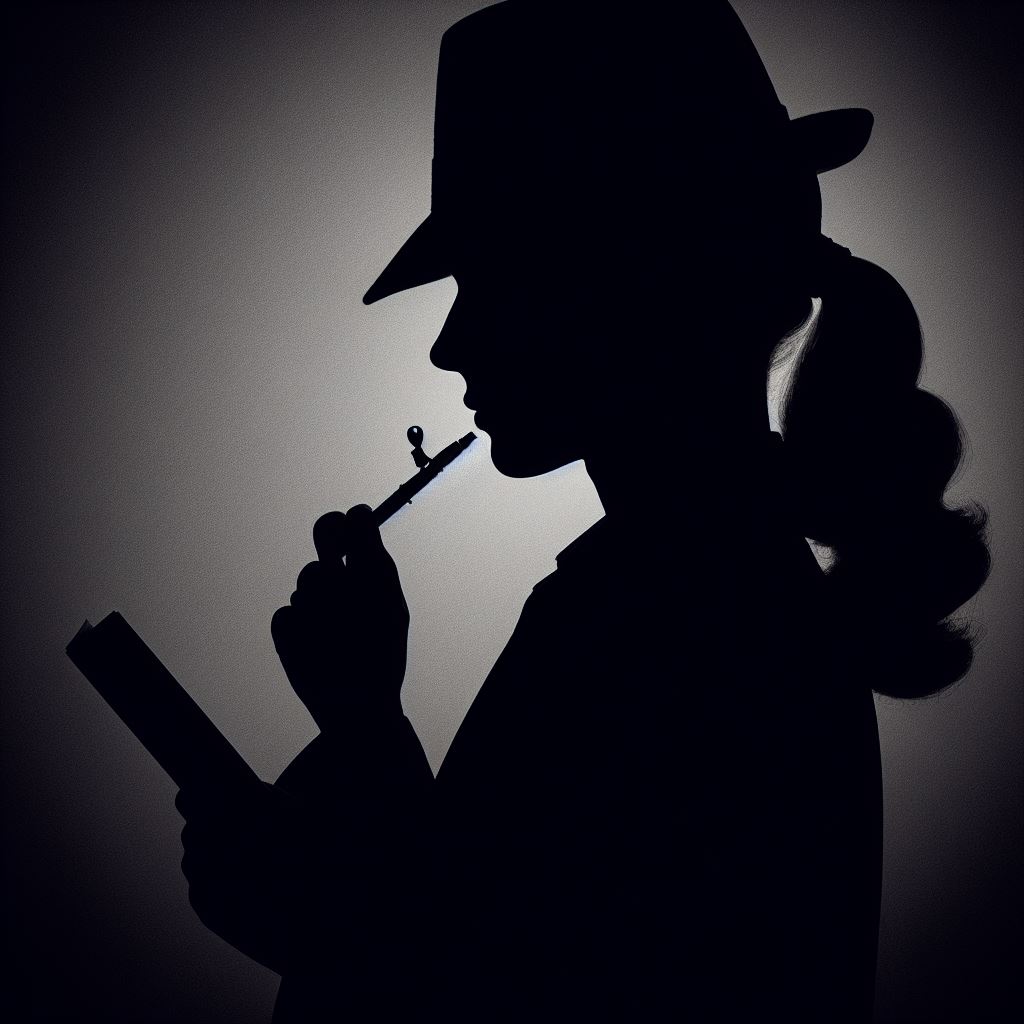In recent discussions about book bans, certain titles frequently come up as allegedly banned, usually by some unnamed censor who possibly resides in Florida or some other hellhole. However, the reality is that these titles were simply not purchased by specific local school systems, they are readily available in several formats for little to no money, and they are not banned from school property. With that in mind, here are 5 “banned” titles that really do need to be stricken from the record.

This classic is on practically every high school reading list, so it’s gaslighting to claim that it’s been banned from anywhere. George Orwell’s “1984” is a staple of dystopian literature and is basically an instruction manual for the totalitarian neoliberal governments that dominate the West, and some people falsely claim that it’s been banned, even though many tens of millions of copies have been sold worldwide and remain in circulation. The novel is a bleak look into the crushing conformity demanded by oppressive governments, and the last chapter in particular is all too familiar to a reader in 2024, though the work was written 75 years ago.
Why ban it?
We hate spoilers, and young people don’t need to know that there’s a boot stmaping on their face forever – they’ll find out on their own!

Where the Sidewalk Ends by Shel Silverstein
Shel Silverstein’s inexplicably beloved collection of children’s poems, “Where the Sidewalk Ends,” is a collection of poems that tend toward an awkward cadence that can make reading aloud to young children a challenge, and the subject matter is generally less than charming. It’s not banned anywhere, and is in fact found on practically every bookshelf in every preschool, kindergarten and little free library, but every copy should be collected and burned.
Why ban it?
The generally overrated works of Mr. Silverstein would be forgivable on their own, but they come with an oversized, frightening author portrait of his ugly mug. Children everywhere are revulsed by his strangely inhuman visage, and banning the book seems more than appropriate until the publishing industry develops the technology to print copies of his books without his picture.

The Satanic Verses by Salman Rushdie
Despite common misconceptions, “The Satanic Verses” by Salman Rushdie is not banned in the United States, and is well reviewed, highly recommended and readily available online and at libraries coast to coast. The book did, however, spark significant controversy and led to a fatwa being issued against Rushdie by oversensitive fuddy-duddies in Iran, which is not the same thing as being banned in the U.S.
Why ban it?
This book simply stinks. Unreadable and irrelevant, the fatwa is probably the best thing to ever happen to Rushdie, as it’s the only interesting aspect of this waste of paper.

Stranger in a Strange Land by Robert A. Heinlein
Robert A. Heinlein’s “Stranger in a Strange Land” is another book that finds its way onto banned books lists, even though it’s a scifi classic and is readily available at all major retailers and is not banned in any possible way. Heinlein wrote a lot of crap, but between this, Starship Troopers, and The Moon Is A Harsh Mistress, he’s achieved apotheosis among American writers.
Why ban it?
By the end of the book, the reader is convinced that consuming the flesh of your departed loved ones is actually kind of beautiful, and cannibalism seems less an abomination, and more a sacrament. We aren’t meant to be tempted like this, so we advocate for actually banning this book.

To Kill a Mockingbird By Harper lee
Harper Lee’s friends famously gave her the equivalent of her annual salary so she could take the year off and write this classic tale of outsiders, prejudice and courage in the face of adversity. It’s available to every person on the planet who wants to read it, but year after year, people claim that it’s banned for some reason. It’s one of the more accessible stalwarts on high school reading lists, with a protagonist that’s easy to identify with, and themes that never seem to go out of style.
Why Ban It?
Scout befriends the local weirdo in Boo Radley, and it all works out in this fictional novel. However, in real life, people who seem strange usually are, and while it’s always important to treat everyone with a base level of decency, kids shouldn’t think that it’s actually a good idea to befriend the obviously deranged kooks that lurk around every corner.
Ban ’em all and let God sort ’em out
In the poorly informed debate over book bans, it’s crucial to sift through the myths and realities. While titles like “1984,” “Where the Sidewalk Ends,” “The Satanic Verses,” “Stranger in a Strange Land,” and “To Kill a Mockingbird” are often rumored to be banned, the truth is they remain widely available and influential, but they shouldn’t be. So, the next time you hear about a book being “banned,” remember to dig a little deeper – the story behind the story is often even less interesting than the books themselves.
Stan Dirkson





excellent review of these books, may i suggest burning these books
We have been burning all we can get our hands on, but we all need to do our part!
I suggest people first read the books they want to ban rather than taking some one else’s opinion.
I don’t know, that sounds pretty extreme to me.